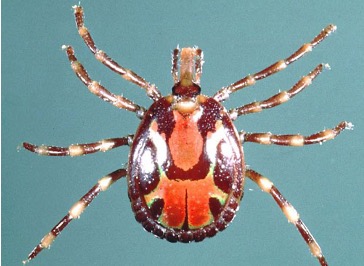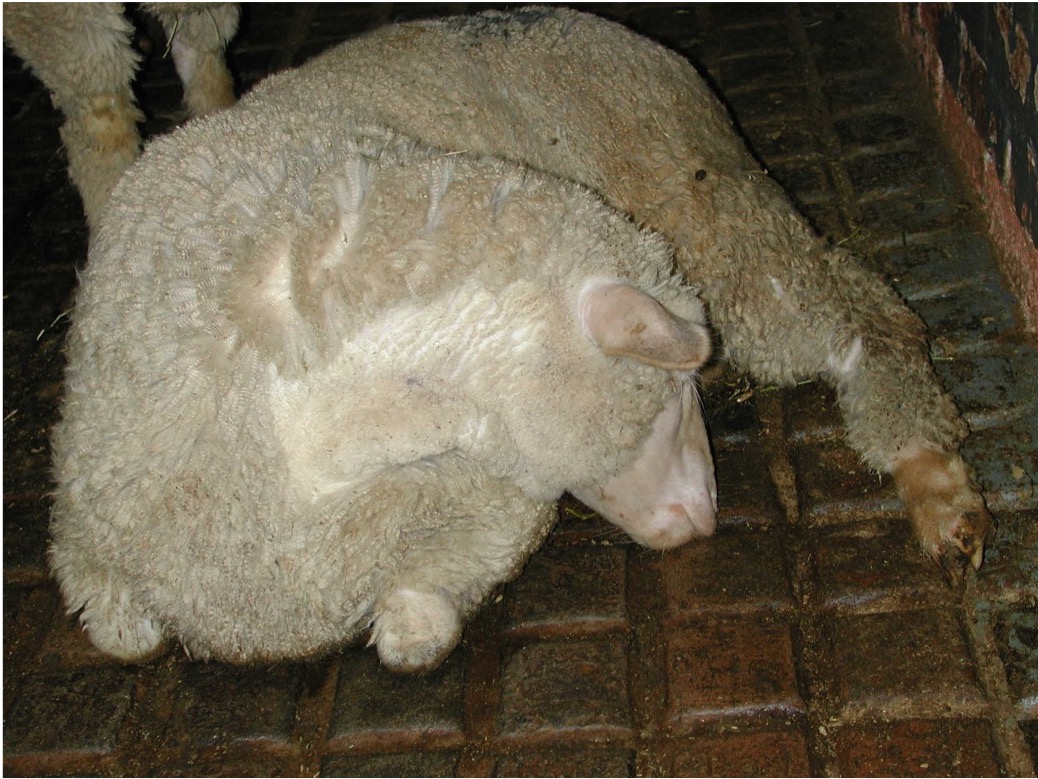AGRICULTURE NEWS - The main aim of the highly successful August 2022 Afrivet technical conference was to showcase animal health solutions for Africa, from Africa, by Africans.
Dr Baty Dungu, Afrivet’s Veterinary Specialist, spoke on the topic of Heartwater and how this disease is controlled in South Africa.
Heartwater or cowdriosis is a disease-specific to cattle, sheep, goats and some wild ruminants, and is prevalent in much of Africa and the Caribbean.
It results from infection by Ehrlichia (formerly Cowdria) ruminantium, a small coccus bacterium.
Strains of E. ruminantium are very diverse; while some strains are highly virulent, others appear to be non-pathogenic. E. ruminantium is transmitted by ticks of the genus Amblyomma.
In South Africa, the “Bont” tick, Amblyomma hebraeum, is the main vector.
“Heartwater is most severe in small ruminants, but also causes heavy losses in exotic cattle, which are more susceptible than indigenous breeds. However, indigenous cattle can also be affected if poor conditions weaken their immune system, or if animals are moved from an area free of heartwater to an area in which it is endemic,” says Dr Dungu.
South Africa produces over 50% of the total world mohair production making Angora goat farming an economically important enterprise.
Angora goats produce the lustrous fibre known as mohair. Mohair is one of the world’s most exclusive natural fibres, with two centuries of refinement by the South African mohair industry behind it. Angora rams and ewes sent by the Sultan of Turkey to South Africa in 1838 gave rise to the mohair industry in the country. On route, the ewe gave birth to a ram kid, establishing Angora breeding stock in South Africa.
 In South Africa, the “Bont” tick, Amblyomma hebraeum, is the main vector. Photo: Supplied from Anepedia
In South Africa, the “Bont” tick, Amblyomma hebraeum, is the main vector. Photo: Supplied from Anepedia
Sadly, Angora goats are very susceptible to Heartwater, in fact, the most susceptible domestic ruminant to heartwater, with mortality up to 90%. With big changes in climate, the distribution of the Bont tick has been on the increase in recent years.
Vaccination with the current Heartwater blood vaccine is not recommended, as the strain contained in the vaccine is virulent to Angora goats. Contact person: Dr Baty Dungu– Afrivet’s Veterinary Specialist +27 (0) 12 817 9067 baty.dungu@afrivet.co.za.
Dr Dungu also reminds Angora goat farmers that “While the currently used Heartwater blood vaccine and others currently under development (attenuated and inactivated) may provide the best solutions to prevent Heartwater in Angora goats, working through your veterinarian may assist in disease management, which could be achieved through effective use of antibiotics (Tetracycline), tick control or dip and ongoing management strategy.”
Heartwater is difficult to diagnose and only Giemsa-stained smears of crushed cerebral grey matter can confirm the presence of colonies of the organism in the endothelial cells of the capillaries. Small ruminants affected by Cowdria present distinctive nervous symptoms: in peracute forms, animals generally drop suddenly to the ground, start ‘pedalling’ with their legs and rapidly die.
These nervous symptoms are very common in the later stages of the disease but can be confused with signs of poisoning or other diseases such as tetanus or rabies.
Post-mortems are rarely performed and accurate information on the incidence of heartwater is generally lacking. Furthermore, serological tests performed in laboratories are generally not satisfactory due to cross-reactions with other organisms such as Ehrlichia.
In tropical and subtropical areas, the disease is endemic and results in considerable economic losses due to loss of production, treatment costs and reduced initiatives for the upgrading of local breeds of livestock with more susceptible exotic breeds.
Heartwater is considered by some groups as the second most economically important tick-borne disease of livestock in Africa, after ECF.
Furthermore, it affects not only cattle but essentially small ruminants, considered to be of great importance to poor livestock keepers Heartwater has traditionally been controlled by the use of chemical acaricides to prevent or reduce transmission by Amblyomma spp.
Oxytetracycline treatment is normally successful if administered early and is also used in a prophylactic manner on very valuable and susceptible animals during the peak Amblyomma season. This method, although not recommended by veterinarians, is widely used by commercial farmers in South Africa and by local farmers when they have to move their cattle through an endemic area.
The protection conferred by the antibiotic is effective not only against infection with heartwater, but also against other tick-borne diseases, and animals may develop their own immunity if naturally challenged during this coverage. A blood-based vaccine containing live Cowdria organisms is used in South Africa. It is an “infection and treatment” type of immunisation using live organisms generated from the blood of live sheep used for vaccination of animals that are subsequently treated with antibiotics at a specific time during the course of infection. This blood vaccine is the only registered vaccine in South Africa and nothing in any other country.
 Sheep. Photo: Supplied, Prof. Abdalla Latif
Sheep. Photo: Supplied, Prof. Abdalla Latif
The presence of wide diversity in stocks of E ruminantium genotypes circulating in animals and ticks in different geographical regions results in different immunogenic types that hamper vaccine development and limit the wide use of the current commercial blood vaccine.
It does not protect against all of the isolates and, therefore, is not used beyond South Africa, and even within South Africa, not throughout the disease endemic areas. Furthermore, the vaccine requires a strict cold chain and can cause severe clinical reactions. New vaccine technologies have been researched by different research groups and some are at different stages of development in South Africa.
These include the attenuated vaccine, and the inactivated and recombinant vaccines.
'Ons bring jou die nuutste Tuinroete, Hessequa, Karoo nuus'
















